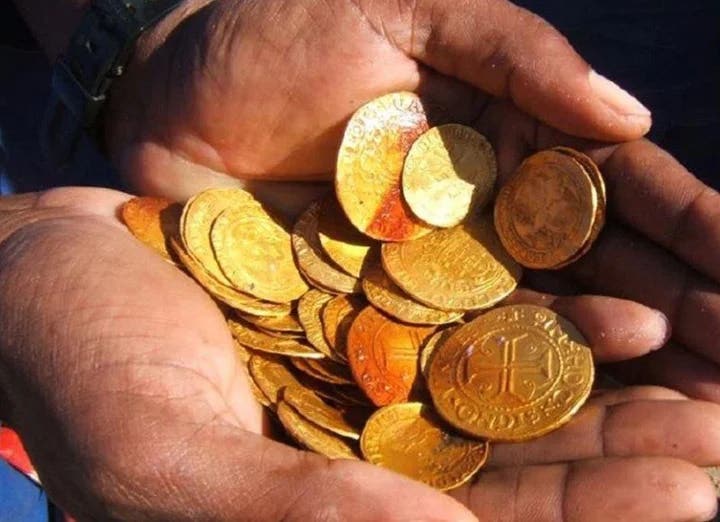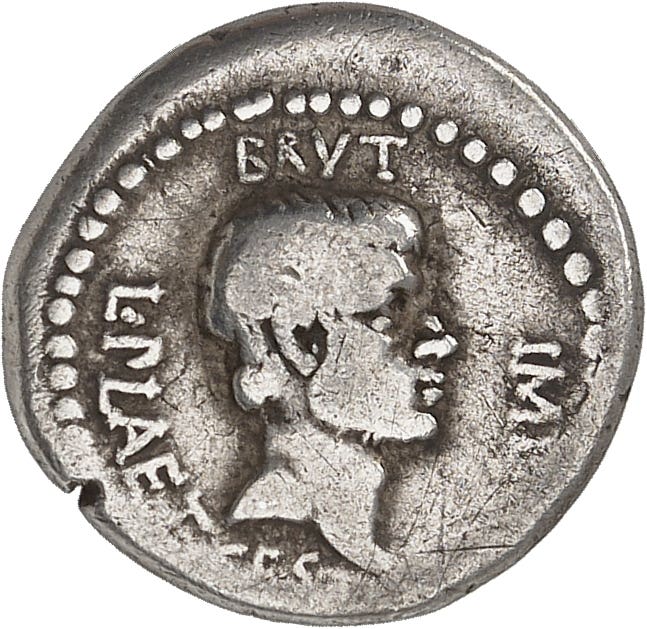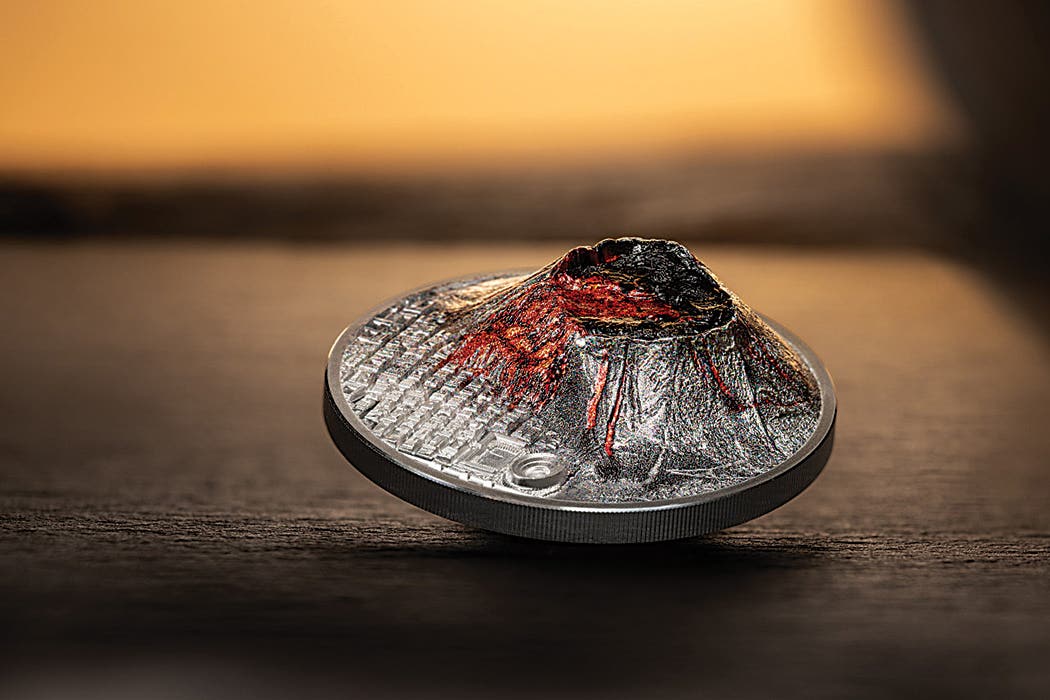Canada recalls rescued Norwegian gold
In 1940 53 tons of gold were spirited out of Norway under the noses of the invading German forces and shipped first to Britain and then Canada. Seventy-five years on…
In 1940 53 tons of gold were spirited out of Norway under the noses of the invading German forces and shipped first to Britain and then Canada.
Seventy-five years on the Royal Canadian Mint has recalled the remarkable events that saw not only the National Treasury of Norway rescued, but also the country’s royal family and government.
Appropriately the anniversary has been commemorated in .9999 fine gold via a $75 proof coin struck on a 20 mm, 7.8 g (quarter ounce) flan.
When war broke out Norway’s gold reserves were secured in Norges Bank’s headquarters in Oslo. The authorities had the gold bars packed ready for removal in 818 40 kilogram crates, 685 25 kg crates, plus 39 80 kg barrels of gold coins for a total of 53 tons.
The fall of Oslo appeared imminent in early April at which point the gold was evacuated to Lillehammer on a truck convoy. There it was loaded onto a train and sent cross-country to Åndalsnes ahead of the German troops. Here it caught up with a British expeditionary force – and German bombers.
The British loaded 200 crates onto the cruiser HMS Galatea which departed for Britain on April 25. The remaining gold was moved in another truck convoy to Molde. It arrived as that city was being bombed. The HMS Glasgow was in port and took on board a further 756 crates and all 39 barrels – along with the royal family and government.
This left 18 tons of gold in 301 large and 246 smaller crates. All but 30 crates were loaded onto a small coastal steamer, Driva, despite ongoing bombing. Trucks took those 30 crates north.
The Driva left port but promptly came under attack. It beached and the gold was transferred to five fishing vessels. These, as hoped, were ignored by the Germans in search of larger game. Eventually this gold arrived in Tromsø where it was loaded onto the British cruiser HMS Enterprise.
Despite two German attacks the cruiser made it back to Scapa Flow before moving to Greenock. Here the gold was landed and taken by train to the Bank of England’s vault. It was shipped piecemeal across the Atlantic to North America with much going to Canada.
All but 297 gold coins arrived safely. In 1940 the total value was U.S. $4.5 million.
Most of the gold was sold in America to fund Norway’s government in exile, but in 1987 the balance of 10 tons of gold coins was returned to Norway.








